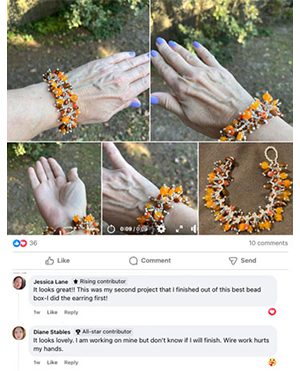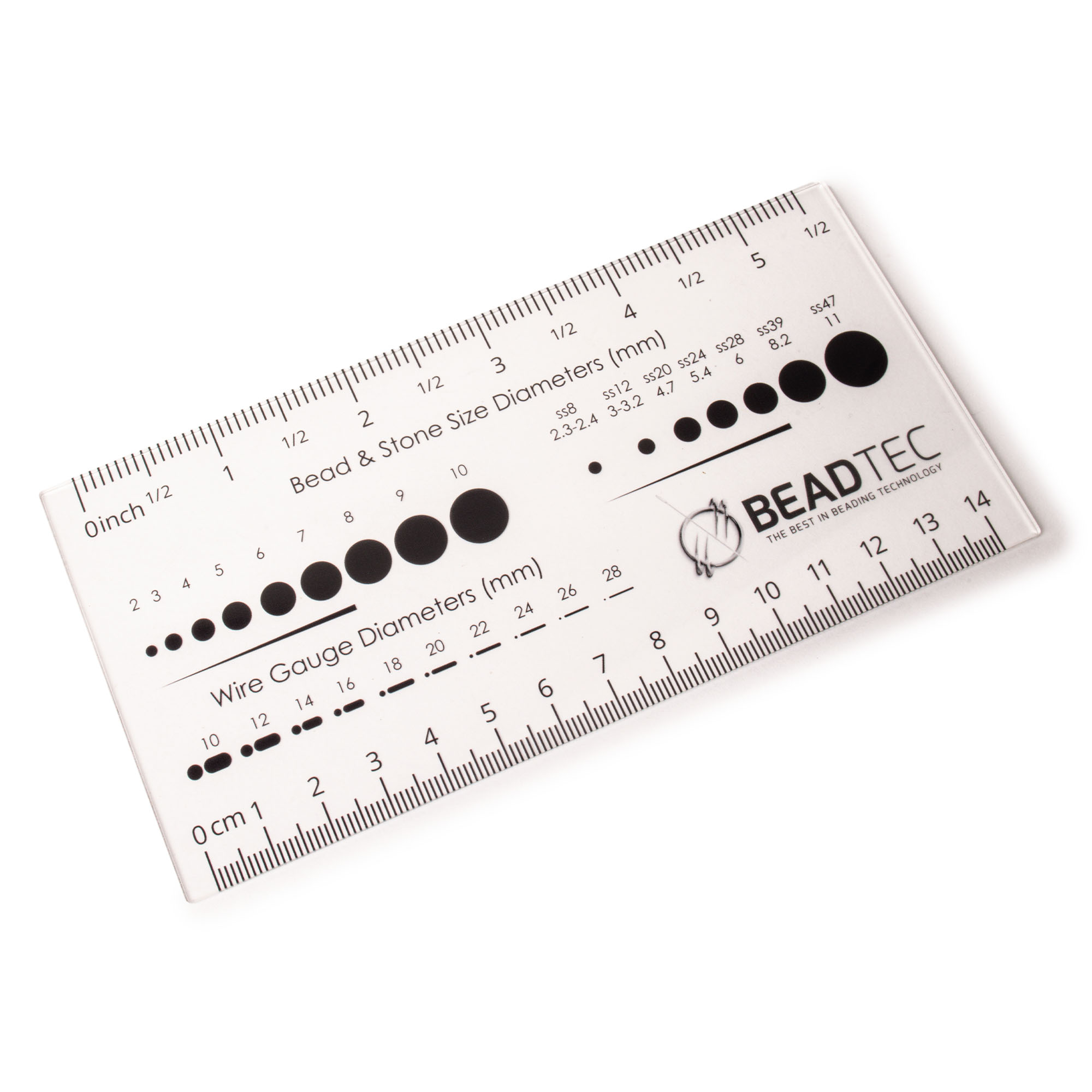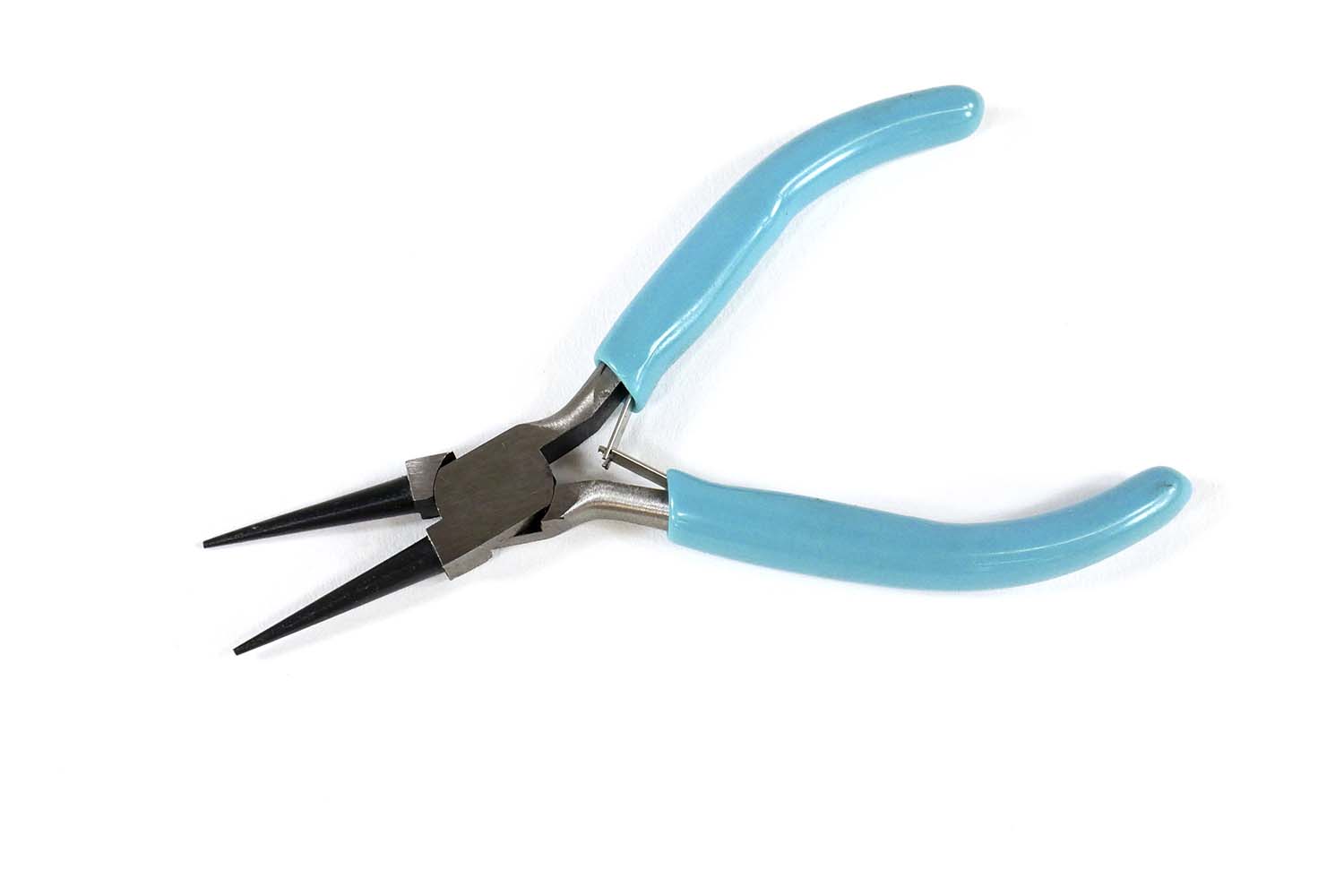- Jewelry-Making Supplies ▾
Design Jewelry with Confidence!
Seed Beads
Thread, Wire, & Stringing Materials
Athenacast Findings & Components
Everything Else
- Kits & Collections ▾
Assemble Your World
Kits & Collections
- Subscriptions ▾
Want monthly Beading Happiness?
Subscriptions
- Learn to Make ▾
Want to learn more?
- Discounts & Deals ▾
Explore Today's Promotions!
- Jewelry-Making Supplies
- Kits & Collections
- Subscriptions
- Learn to Make
- Discounts & Deals
-
Seed Beads
Thread, Wire, & Stringing Materials
Findings & Components
Everything Else
-
Kits & Collections
-
Subscriptions
- Home
- How to Make Jewelry
- Better Beader Episodes
- How to Fix Broken Thread
How to Fix Broken Thread

Watch the Video Tutorial
Watch the Video Tutorial
Need Any Extra Materials?
Need Any Extra Materials?
Need Any Extra Materials?
Need Any Extra Materials?
Episode Transcript
Episode Transcript
Introduction
Broken thread is a common frustration for beaders, but it doesn't have to ruin your project. In this Ultimate Guide, we'll walk you through the steps to fix broken thread based on the expert tips shared in the Better Beader Episode by Potomac Beads. Whether you're a beginner or an experienced beader, this tutorial will help you confidently repair your pieces and get back to creating beautiful jewelry.
Materials Needed
- Beading thread (Fireline, Wildfire, or One-G)
- Size 10 or 12 beading needle
- Scissors
- Pliers (chain nose or bent nose)
- Beading mat or towel
- Your beaded project with broken thread
Step-by-Step Tutorial
- Identify the broken thread and gently pull it out of the beadwork, removing any knots or tangles.
- Thread your needle with a new piece of beading thread, leaving a 6-inch tail.
- Tie a knot at the end of the new thread, and weave it through a few beads near the broken area to secure it.
- Follow the original thread path, weaving through the beads until you reach the other side of the broken area.
- Continue weaving the new thread through the beadwork, retracing the original thread path for at least an inch in each direction.
- Once the new thread is securely woven in, tie off the end with a few half-hitch knots between beads.
- Trim the excess thread close to the beadwork, ensuring the knot remains hidden between beads.
- Repeat the process for any additional broken threads, as needed.
Tips for Handling Tricky Parts
- Use a beading mat or towel to prevent beads from rolling away while you work.
- If the broken thread is difficult to remove, use pliers to gently pull it out.
- When weaving in the new thread, make sure to follow the original thread path as closely as possible to maintain the integrity of the design.
Customization Ideas & Inspiration
While this guide focuses on fixing broken thread, you can apply these techniques to other beading repairs as well. For example, if you need to replace a missing or damaged bead, simply remove the surrounding threads, replace the bead, and weave the threads back in using the same method.
You can also use this opportunity to make minor design adjustments, such as changing the color of the replacement thread or adding a decorative knot or embellishment to the repaired area.
Conclusion
Fixing broken thread in your beading projects is a valuable skill that will save you time and frustration in the long run. By following the steps outlined in this Ultimate Guide, based on the expert advice from the Better Beader Episode by Potomac Beads, you'll be able to confidently repair your pieces and continue creating stunning jewelry designs.
We hope you found this tutorial helpful and informative. If you have any questions or want to share your own beading repair tips, please leave a comment below. Happy beading!
Join Our Growing Community
Join Our Growing Community




Our Testimonials
Our Testimonials
- 55983 (83.8%)
- 4812 (11.4%)
- 3295 (4.1%)
- 230 (0.4%)
- 123 (0.3%)
- Favorite Reviews
- Highest to Lowest
- Newest to Oldest
- All Ratings
- 5 ★ Reviews
- 4 ★ Reviews
- 3 ★ Reviews
- 2 ★ Reviews
- 1 ★ Reviews
Loading...
Only Visible on Admin Mode
Item Description
Designer's Material List
Project Steps
Highest Quality
Products
100% Money
Back Guarantee
Fast
Shipping
Best Teaching &
Customer Service
You'll want these emails...
Get Free Projects & Inspiration
Get Free Projects & Inspiration
- Bullet 1
- Bullet 2
- Bullet 3
Copyright © PotomacBeads









